From Awareness to Conversion: A Step-by-Step Guide to Full Funnel Amazon Advertising
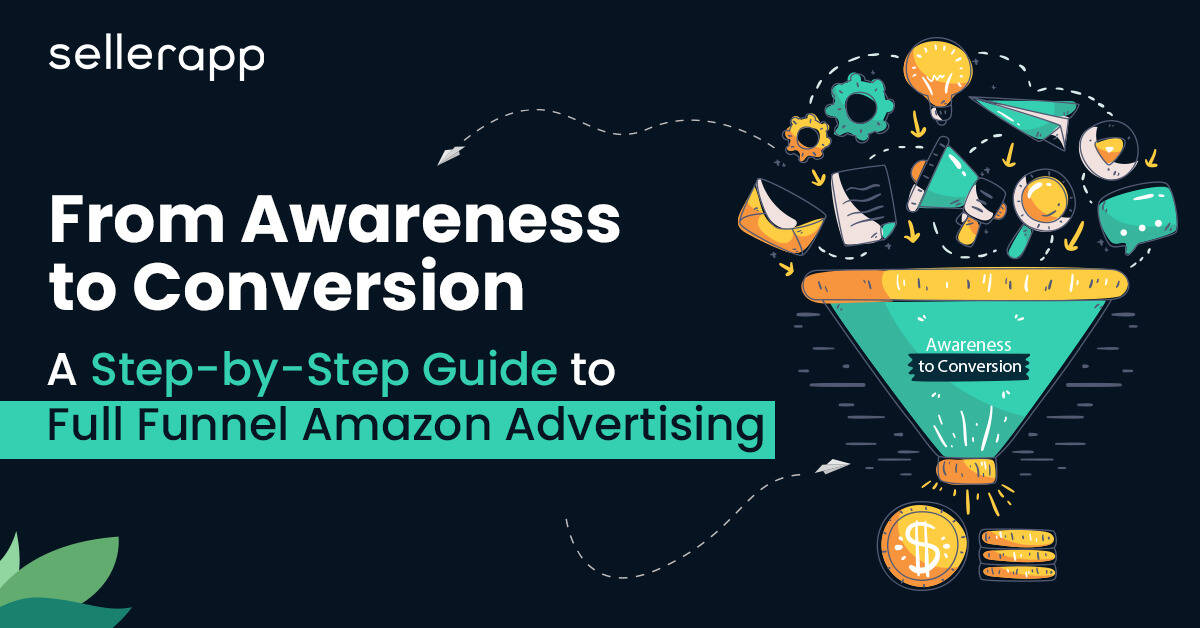
Shopping in this digital era is no longer linear.
- 68% of shoppers use smartphones to look at price comparisons.
- 59% of shoppers read product reviews while browsing products in-store.
- 81% of shoppers go to offline stores to buy a product if it has a higher price online.
Consumers have access to ample information right now they use every source available to research products before buying them.
This makes it more important for brands to utilize a full-funnel advertising strategy to reach consumers across multiple channels, be it online, on social media, or even in-store.
Quick Guide:
- Why is full-funnel advertising important for Sellers?
- Four adventures of full-funnel advertising strategy
- How to create a winning full-funnel advertising strategy?
Why is Full-funnel Advertising Important for Sellers?
With only 12% of online shopping orders resulting in a purchase, it’s clear that sellers need to up their game to grow their business. That’s where a full-funnel marketing strategy comes in.
By tailoring marketing messages to the specific stage of the customer journey, you can build better brand experiences and nurture relationships with potential customers in the long term.
3 Stages of the Marketing Funnel: Top to Bottom
Here, let’s take a look at different stages of the marketing funnel for Amazon Sellers.
Awareness
In this stage, customers have to pain points but no idea about your brand or product. Your focus here should be to associate their pain points with your product through relatable and engaging content and build awareness.
For example, you can use Sponsored Product ads and Video ads on Amazon to build awareness among audiences who are looking for similar products.
Let’s say a shopper searches for ‘shoes for men’, You can show them your product using a Sponsored Brand Video ad to grab their attention with a positive experience.
Consideration
This is the middle of the funnel. You have the customers’ attention at this stage, and they are actively seeking information to help solve their problems.
Engaging with shoppers at this stage helps you drive consideration for your brand and products.
Shoppers would compare prices, reviews, and shipping options with other products. They may also want to learn more about your brand to make informed purchase decisions.
For example, you may have seen Sponsored Product ads on Amazon search results and product details pages of competitors’ products. This catches customers’ attention and convinces them to consider the advertised product over other options.
Having a high-converting product listing is crucial for attracting and retaining shoppers. We’ll cover that in a bit.
Conversion
This is the bottom of the marketing funnel. At this point, shoppers have already shown interest in your brand and products and are ready to purchase.
Let’s say a shopper has clicked on your “running shoe” product but hasn’t made a purchase. You can retarget them with Amazon sponsored Display ads with a “Buy Now” or “Add to cart” CTA to make the purchasing process frictionless for shoppers and improve the conversion rate.
The above is a simple marketing funnel to understand how to engage audiences.
The catch?
Customer Journeys Are Non-linear
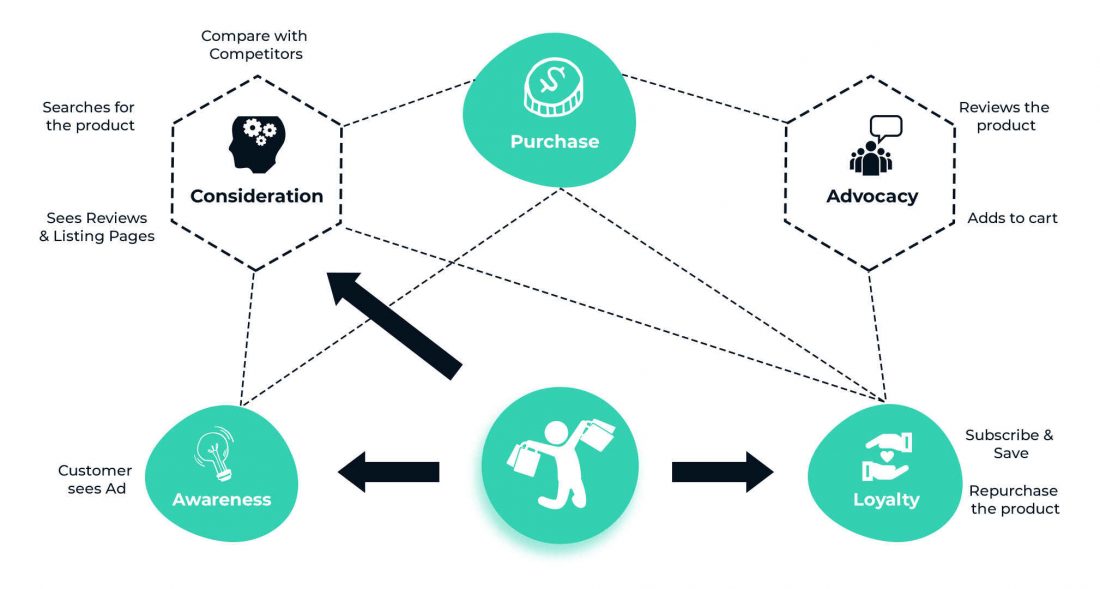
Marketing funnels are straightforward, while customer journeys often follow more complex paths that may not move directly from awareness to consideration to conversion.
Let’s understand this with two simple examples.
Imagine you’re selling a gaming console product on Amazon called “Triggers.”
You ran Sponsored Display ads on Twitch. A potential customer saw your ad on their laptop, liked it, and opened the product listing on their phone.
But then someone called, and they got distracted.
Two days later, when browsing through Amazon, the customer saw a Sponsored Product ad for the same product, visited the listing, read the reviews, and made a purchase.
Now, you see here customer’s journey is not linear. When the customer uses the phone to check out the product while watching the ad on a laptop, they’re in the awareness and consideration stages at the same time.
There is another customer who is a professional gamer. One day while playing, the gaming console broke.
They went to Amazon and searched for a “gaming console” and started to look for products with good reviews and fast delivery.
they saw your Sponsored Product ad on top of the search page and clicked it.
It checked all their criteria, so they bought it without looking at other products.
Here, the customer entered the funnel in the consideration stage. They knew what they wanted and the criteria for the purchase. They narrowed down the search further, and your product stood out among the competition.
From these two examples, you can understand that while a marketing funnel helps you understand the ideal customer’s journey, in real life, two customers’ journeys are not exactly the same.
“Full-funnel Advertising strategy lets you touch base with potential customers at all stages of their journey.”
If you focus excessively on Sponsored Product ads, you may limit your reach only to shoppers who are in the awareness or consideration stage.
Or if you focus excessively on Sponsored Display ads, you may reach more shoppers but will miss the opportunity to engage with them in the consideration and conversion stage.
It’s not easy to predict when the potential customer enters the funnel. But a full-funnel advertising strategy enables you to engage with customers where they are.
Four Advantages of Full-Funnel Advertising
A full-funnel advertising strategy allows you to connect with customers at all stages of the customer journey. It also helps you get more success as a brand compared to sellers who only focus on a single stage of the funnel, such as driving more awareness or ROAS.
Below are some of the goals you can achieve with this full-funnel advertising strategy.
Get More Sales
Adopting a full-funnel approach to advertising on Amazon can help increase sales multifold.
Sellers using a full-funnel advertising strategy see an average of 21% more new-to-brand sales than those who use only Sponsored Products or Sponsored Brand ads, according to Amazon.
Not only that, brands that use full-funnel advertising strategies see an 8% increase in sales month-on-month compared to brands that rely only on Sponsored Products or Sponsored Brands.
Increase Consideration
A full-funnel approach can also increase brand consideration and drive more sales.
For example, you can show Sponsored Product ads on Amazon search results and competitors’ product listing pages to engage ready-to-buy shoppers and increase consideration.
You can also use Sponsored Brand campaigns to reach shoppers browsing products in the same category and redirect them to a custom brand storefront. This helps you tell your brand story and increase consideration for your product.
According to Amazon, sellers who use a full-funnel strategy see a staggering 250% growth in detailed page views and a 200% increase in add-to-cart actions compared to sellers who only use Sponsored Products or Sponsored Brand ads.
Improves Brand Loyalty
Often, sellers relate advertising directly with sales and skip the brand loyalty part.
But we’ve seen that using a full-funnel strategy is the best way to grow the customer lifetime value and get more repeat purchases.
Advertisers can get 190% more ad-attributed Subscribe & Save on products by using a full-funnel strategy, compared to just using a specific ad type.
Tip: Some good ways to improve brand loyalty are through Amazon Posts, Stores, and Attributions.
On the other hand, Amazon Attribution helps brands advertise products through different media outside of Amazon and help drive sales and brand awareness through complete multi-channel full-funnel advertising.
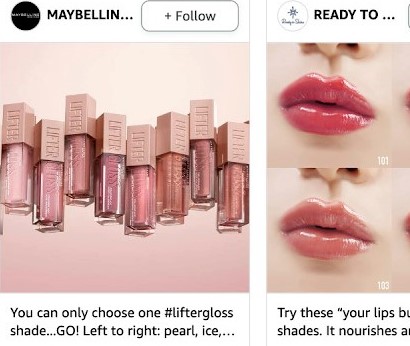
Posts allow brand-registered sellers to share lifestyle content on product listing “feed.” This feed is visible on the product listing page and allows customers to browse through and learn about the seller’s brand and products.
Similarly, Amazon Store enables brands to create a custom shopping experience for the shoppers and increases engagement.
Through all these avenues, sellers can create an engaging brand experience and build customer loyalty.
Build a Habit Loop

A full-funnel advertising strategy allows sellers to create a “habit loop” by repeatedly exposing potential customers to the brand’s messaging, leading to increased brand awareness and sales.
For example, let’s say you have a brand called “Forests” that sells organic lipsticks online. Using a full-funnel advertising strategy, you repeatedly expose your brand name and message to targeted customers.
Over time, potential customers become habituated with your brand, and when they are ready to buy, they search for “Forests Lipsticks” instead of just “Organic Lipstick” on Amazon.
This creates a powerful habit loop that drives sales for your eCommerce business.
How to Create a Winning Full-Funnel Advertising Strategy for Amazon Sellers
Amazon gets over 2.4 billion monthly visitors.
But they don’t come to Amazon just to buy a product. They also use the platform to browse reviews, watch movies and TV shows, listen to music and podcasts, read books and play games, etc.
It makes Amazon the perfect platform to run ads to touch base with customers at different stages of their journey.
However, Amazon’s outstanding reach also makes it difficult to understand where to start building a full-funnel advertising strategy.
Here we’ve broken down the process into five simple steps.
The Prerequisites
These are the main prerequisites before creating a full-funnel strategy for your Amazon business.
Create a Retail-ready Product Listing
The first step to establishing a full-funnel Amazon advertising strategy is to ensure that your product is retail-ready and properly optimized for conversions.
This means your product listing should have an optimized title, bullet points, clear images, A+ content, and enough reviews and ratings to stand out from the competition.
Follow Amazon Product Listing Optimization Guide to create retail-ready product listings for your business.
Map Keywords to Different Stages of the Customer Journey
The next step is to identify keywords that shoppers are searching for to find your product and map them to the different stages of the customer journey.
There are mainly two ways you can find these keywords.
- Good old keyword research
Identify relevant, high-volume, high-converting keywords from the seed keyword, or conduct a reverse ASIN search to find keywords from the competitor’s listings.
- Search term report
If you have run advertising campaigns before, harvest high-performing keywords from your campaigns to add to your strategy.
Use the SellerApp Dashboard to harvest keywords from your existing campaigns easily.
Log in to SellerApp Dashboard → Advertising → Insights → Positive Search Term
This dashboard allows you to view all of your high-performing keywords from all of your campaigns in one place.
You can also see keywords that waste your advertising budget in the Negative Keywords tab.
Additionally, if you are running automatic campaigns, you can add high-performing keywords to your manual campaigns from the auto campaigns tab with one click.
Once you have the list, map these keywords to different stages of the shopper’s funnel.
For example, map broad or generic keywords related to your product to the awareness stage to get more impressions on your product listing.
Map the branded and long-tail high-converting keywords to the conversion stage, as they can generate more sales.
Create a Buyer’s Persona
Since you’re creating a full-funnel advertising strategy, creating a buyer’s persona is more important to ensure you don’t spend the advertising budget on the wrong audience.
An accurate buyer persona includes insights like
- Demographics: Age, gender, location, marital status, etc.
- Psychographics: Lifestyle, interests, and values
- Online presence: Online platforms the audience spends their most time on.
Use tool like Amazon insights to gather customer information and understand which product attributes contributes to buying decisions. Apply these insights to create images and A+ content on your Amazon product details page.
For example, if you found out that your “baby soap” product is more suitable for “working dads,” you can create lifestyle images featuring dads with their children to drive more engagement and CTR.
You can also use the product targeting strategy to showcase your products to shoppers browsing “Baby Carrier” and build awareness about your product.
Reach Shoppers To Drive Conversion
Once you optimize the listings, start building the bottom-of-the-funnel strategy to drive more purchases.
For example, use remarketing strategy to bring audiences back to the product listing who has viewed your product but haven’t made a purchase. You can use Sponsored Display ads and the Amazon Demand Side program (DSP) for this strategy.
Stand Out from the Competitors
Once you set up the bottom-funnel strategy, the next step is to create a strategy for the consideration stage.
For instance, target relevant categories, competitor’s listings, and complimentary listings with Sponsored Display ads to persuade shoppers to evaluate your products.
Similarly, use Sponsored Product ads to show your product ads on competitor’s listings to increase considerably.
Pro Tip: Use product targeting to run Sponsored Product ads on your top-selling product page to drive traffic and sales on your newly released products. Targeting your own product also prevents competitors from running ads on your product listing page.
Build Your Brand
After setting up advertising for the consideration phase; it’s time to build your brand.
Run Sponsored Brand Video ads on broad keywords related to your products to drive traffic to your Amazon storefront. Here, you can educate shoppers in the awareness and consideration stage about your brand and help them move forward in the customer journey.
Also, you can use Amazon DSP to run ads targeting the in-market audiences to reach shoppers who have searched for products similar to yours in the past.
Get More Eyeballs on Your Listing
The last step to creating a full-funnel advertising strategy is to bring more awareness to your product.
Amazon DSP and OTT, combined with Sponsored Product ads, are the best way to scale your brand reach across multiple channels, including video, audio, and streaming platforms.
It has multiple retargeting capabilities such as behavioral, lifestyle, audience lookalike, and contextual targeting, which lets you target various audience personas and gets your brand the maximum exposure possible.
Final Thoughts
No matter If you want to reach audiences who love Marvel movies or want to reach customers who are looking for a remedy to hair loss, Amazon’s full-funnel advertising strategy helps to reach your target audience, no matter where they are in the customer journey.
The best part is, creating a full-funnel strategy is not complicated.
Start with combining Sponsored Product and Brand ads with Sponsored Display ads to kickstart full-funnel advertising.
Once you start to see good results, broaden your horizon by adding Amazon DSP and OTT to your strategy to get stronger results.
If you’re having trouble creating an effective advertising strategy, consider using SellerApp Managed Services.
Our team of dedicated experts can help you create a holistic advertising plan to increase brand awareness, reduce ACoS, and facilitate uninterrupted growth for your business.
Found this helpful? Don’t keep this to yourself – share it with your network and help spread the knowledge!
Happy Selling!
Additional Read:
How to Select Amazon Seller Name?
Differences between Amazon Sponsored Display Ads vs DSP Ads


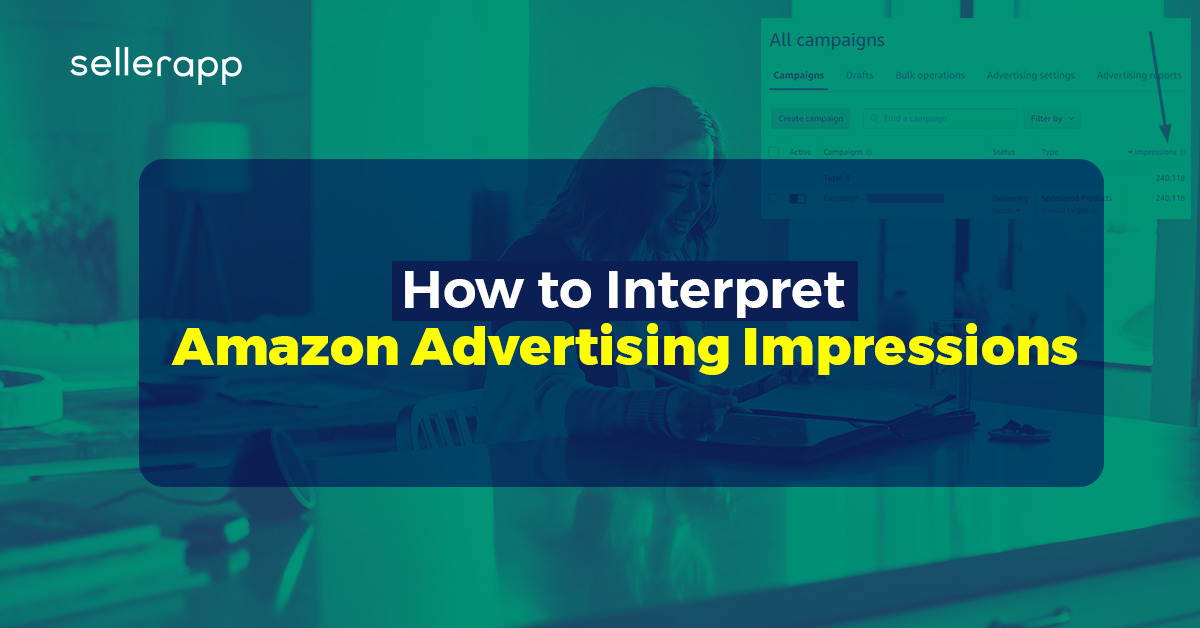
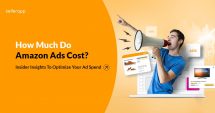
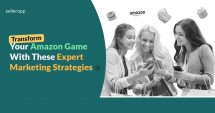
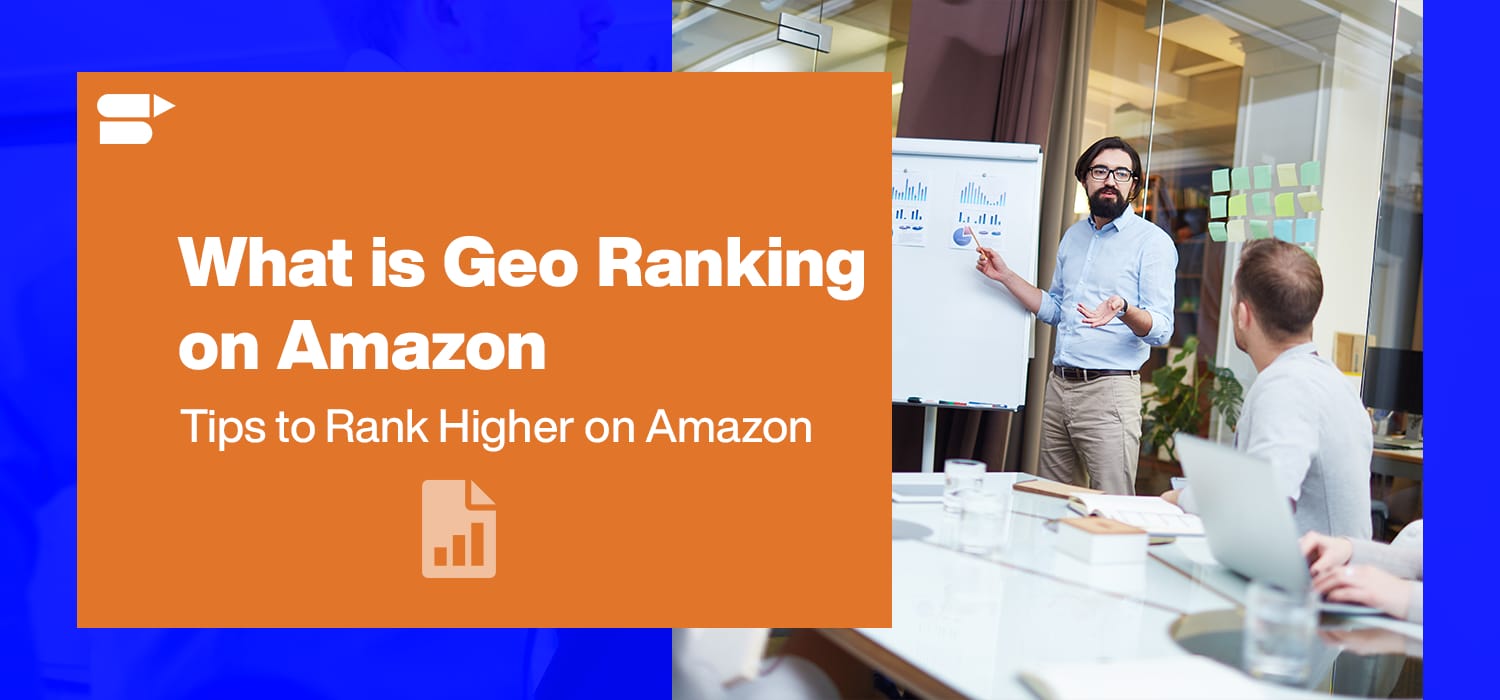
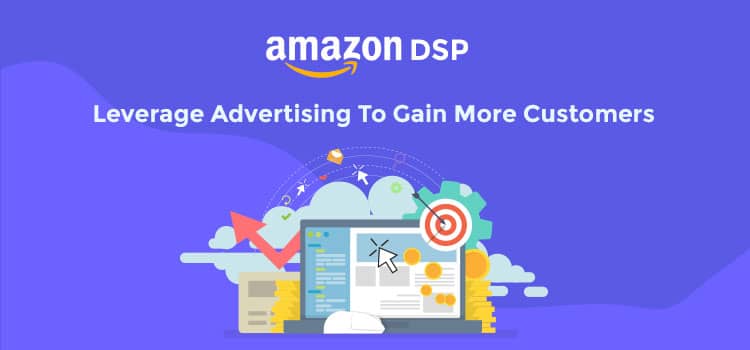
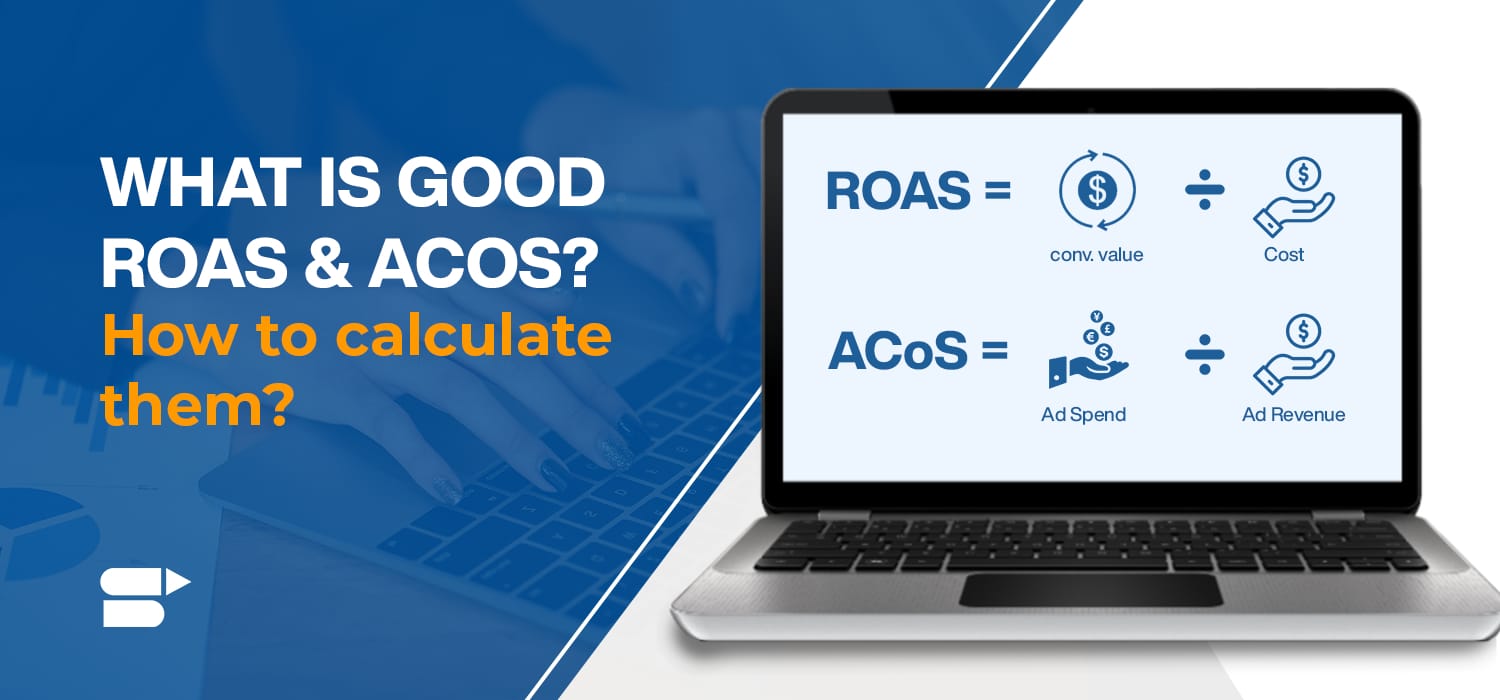
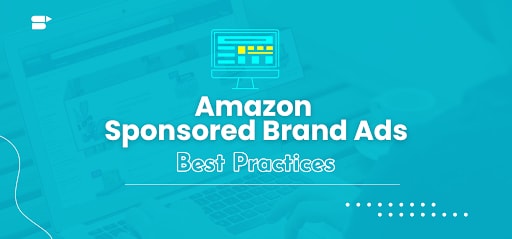
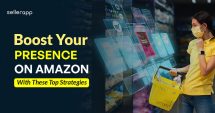

Anderson
December 19, 2022SellerApp’s Content is awesome
Martin
December 19, 2022Enjoyed reading this !!
Morton
December 19, 2022Very Informative article, Thanks again.